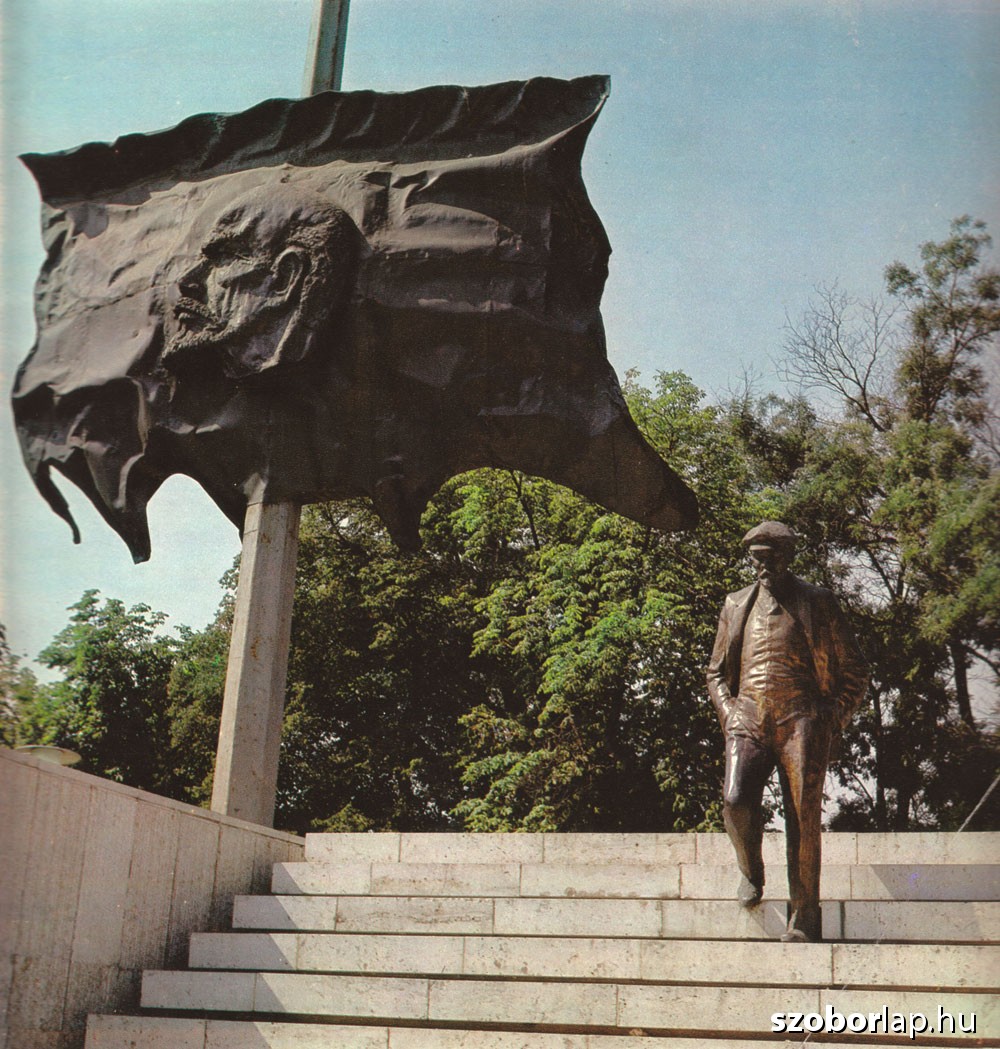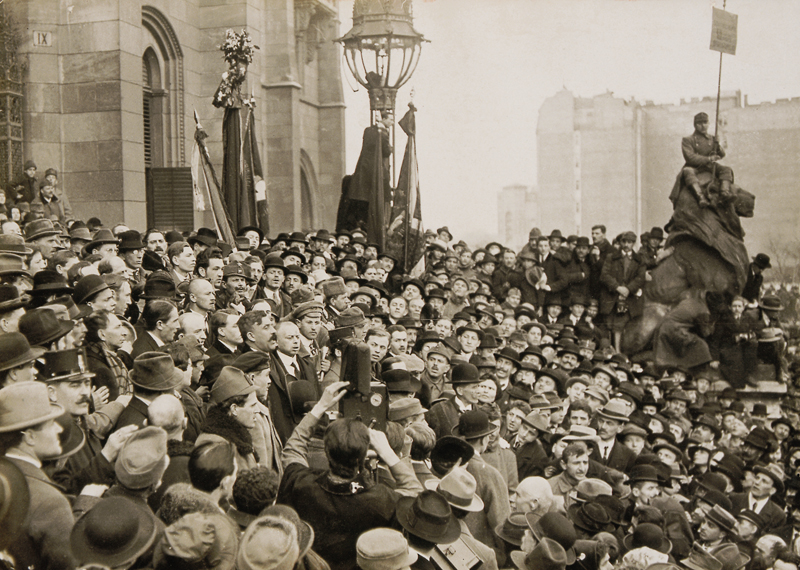“I. N. Ulyanov, Lenin’s father, defended a thesis at Kazan University in the mid-1850s on the astronomical method of the German scientist Olbers.
An astonishing cosmological riddle is named after this same Olbers – the so-called Olbers’ paradox. Its essence is that in the universe, which is infinite, there is an incalculable number of stars scattered evenly in all directions, and since they all radiate light, then, looking at the sky, we should see an infinite number of rays, a dazzling wall of light. Just as when, looking at a forest, we do not see individual trunks but a wall of trees.
We should.
However, the nights are dark.
This paradox has various explanations, including a modern one, based on the general relativity theory.
The Big Bang of the Revolution filled the space with an astonishing number of people who, for the first time in the history of the world, shone so bright that they could be seen on the other end of the universe. They all left behind books, ideas, biographies, deeds; there is not the slightest doubt that no physical death, no transition from an organic state to an inorganic state, would be able to cancel the very source of radiation. They were like thermonuclear reactors, like volcanoes ejecting plasma jets. As was written in one of the “people’s” obituaries of January 1924 – “Comrade Lenin resembles a bomb, always full of explosives, which constantly blows up and never runs out.” The light from these countless explosions should flood everything and forever; however, a hundred years later, we again raise our heads up and see – twinkling, yes, individual stars, but, if we were being honest – everything is the same as before: darkness. What went wrong? Why is it that all of these incandescent celestial bodies, radiating lights and energy, still shine – but only barely, against a black background?”
– Lev Danilkin, “Lenin. The Pantocrator of Solar Dust”
The book is only available in the Russian language.




